Table of Contents
Thinking about getting a tribal tattoo? You're not alone. These designs have captivated people for centuries, but slapping on some black lines without knowing what they mean? That’s a rookie mistake. You see them everywhere – on arms, backs, legs – the intricate patterns hinting at something ancient, something powerful. But what's the real story behind these striking tattoo designs tribal? Are they just cool patterns, or do they carry weight from cultures far removed from your local tattoo parlor? It's more than just picking a cool picture off the wall. It's about understanding where these designs come from, the stories they tell, and the meaning they hold. This isn't some fleeting trend; it's art rooted in history, identity, and tradition. Before you commit to ink that lasts a lifetime, let's take a clear look at the journey of these designs, from their ancient origins to the modern interpretations you see today. We'll cut through the noise and get to the core of what makes these tattoos resonate, exploring their history, the symbols embedded within them, and the many ways they show up on skin today. Get ready to move past the surface-level cool and into the actual substance.
The History of Tribal Tattoo Designs and Their Origins
The History of Tribal Tattoo Designs and Their Origins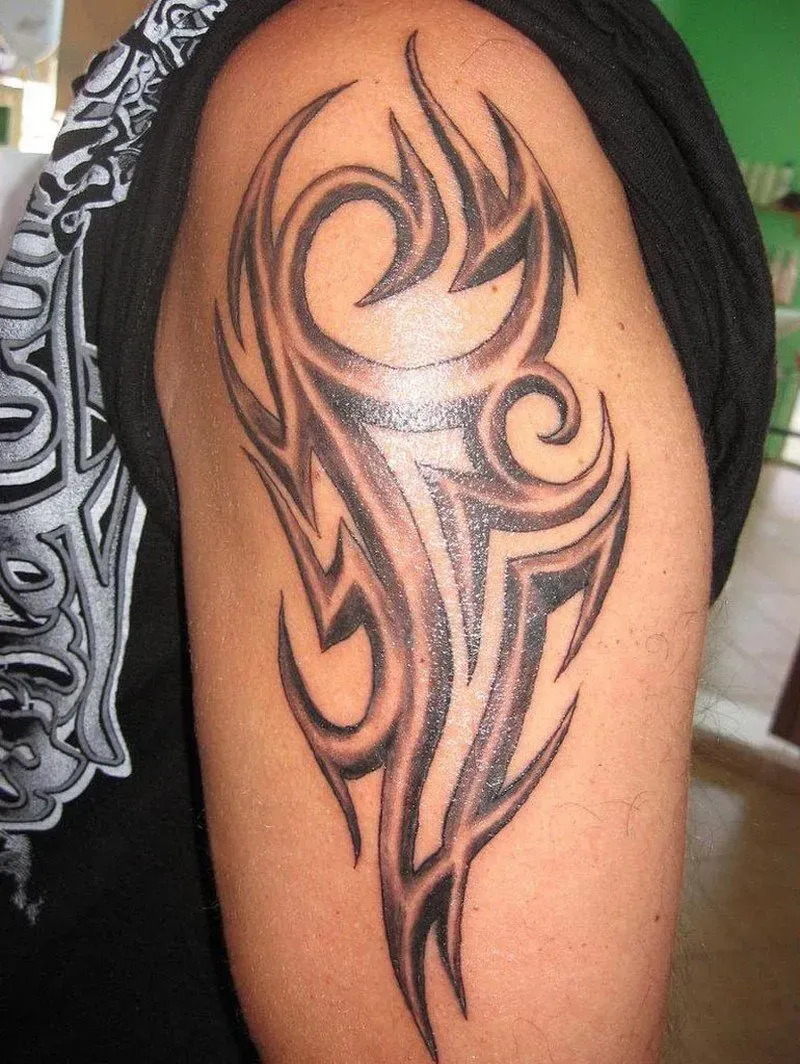
When you look at tribal tattoo designs, you're really looking at a practice as old as, well, recorded human history, and probably even older. The history of tribal tattoo designs and their origins isn't some dusty academic topic; it's the story of people marking themselves for reasons that mattered deeply. We're talking about cultures across the globe – the Maori in New Zealand, the tribes of Borneo, the Indigenous peoples of North America, ancient Egyptians, even Celtic and Germanic tribes in Europe. They weren't just doodling on themselves. These markings were identity cards, résumés, spiritual armor, and status symbols all rolled into one. Think about the Iceman, Ötzi, found frozen in the Alps – he had tattoos, markings that were likely for therapeutic reasons, dating back over 5,000 years. That tells you this wasn't some recent invention. It was a fundamental human expression, a way to belong, to show your journey, your achievements, even your connection to the spirit world. It wasn't about looking cool for Instagram; it was about survival, community, and meaning.
Understanding the Meaning Behind Tribal Tattoo Designs
Understanding the Meaning Behind Tribal Tattoo Designs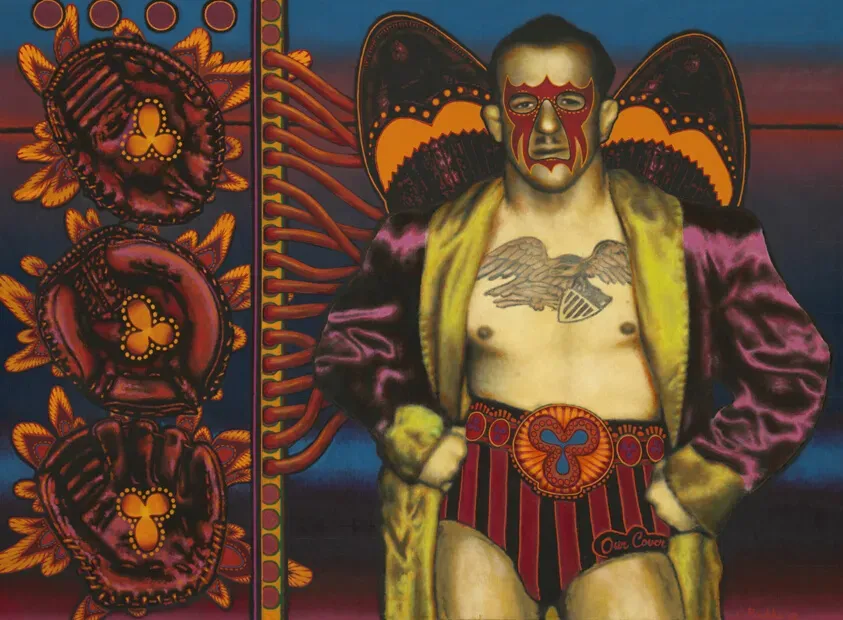
So, you've seen the history, the global reach of tribal markings. Now comes the part that trips people up: Understanding the Meaning Behind Tribal Tattoo Designs. This isn't like picking a cute little heart or a generic star. These designs were loaded with significance. For the Maori, the Moko facial tattoos told your lineage, your status, your achievements – your entire identity etched onto your face. In Borneo, Iban warriors earned tattoos marking successful headhunting expeditions, a literal badge of courage and power. Other designs could signify protection from spirits, connection to ancestors, or passage through important life stages like puberty or marriage. The patterns themselves weren't random; specific motifs represented animals, natural elements, or spiritual concepts unique to that culture. Wearing a design you didn't earn or understand was, and still is in many traditional contexts, deeply disrespectful. It's like wearing military medals you didn't earn – a total fabrication.
Before you get ink, ask yourself:
- Do I know the cultural origin of this design?
- Have I researched its traditional meaning?
- Is it appropriate for someone outside that culture to wear it?
Where to Place Your Tribal Tattoo Designs: A Guide
Where to Place Your Tribal Tattoo Designs: A Guide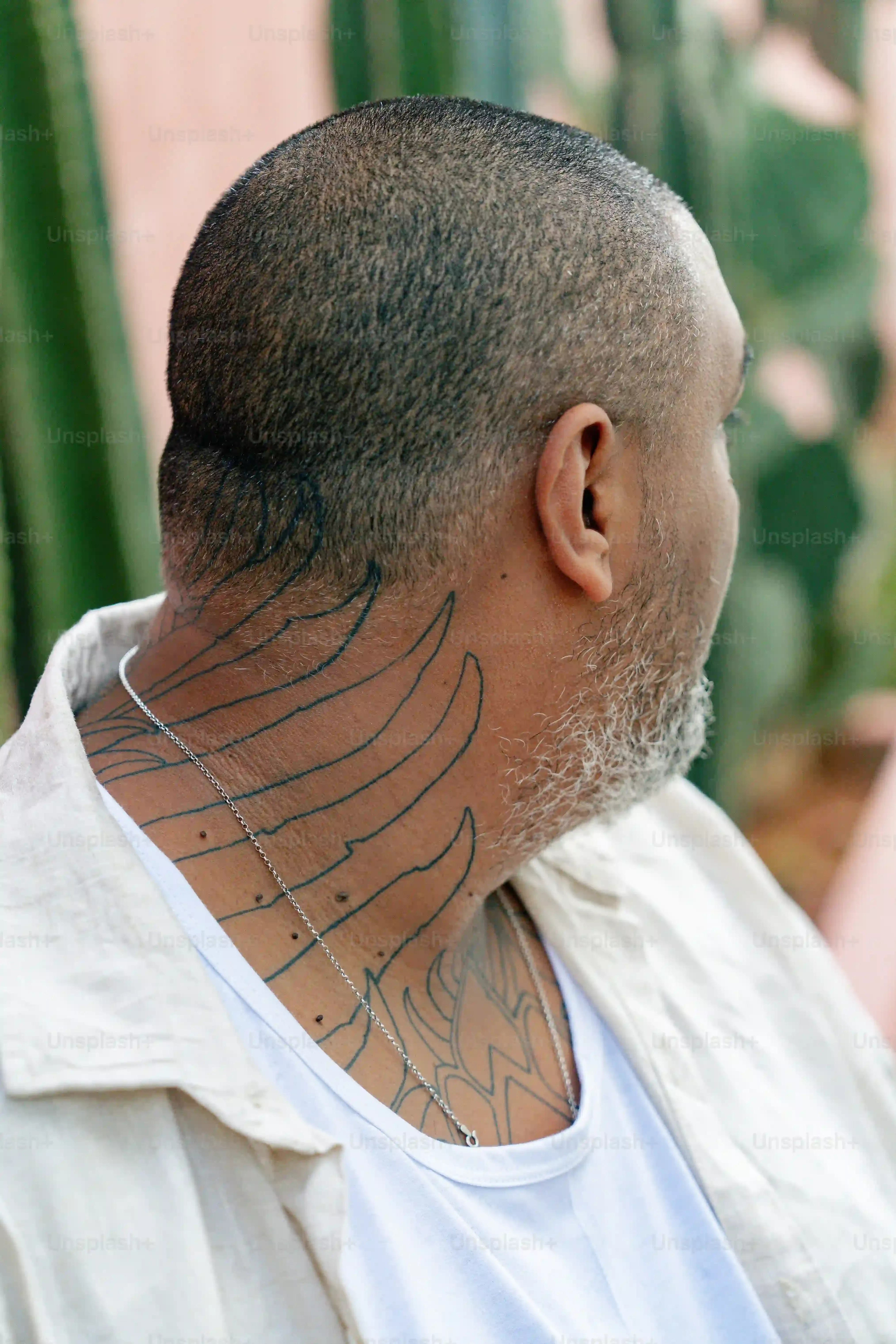
Consider the Canvas: Arms and Shoulders
Alright, so you've dug into the history and wrestled with the meaning – good job. Now, where does this ink actually go? When it comes to tribal tattoo designs, the arm and shoulder are classic spots, and for good reason. They offer a decent amount of space for those flowing, often symmetrical patterns that define many tribal styles. Think of the way a Polynesian band wraps around a bicep or a sharp Maori Koru unfurls across a shoulder blade. These areas move, they flex, and the design can really come alive with the body's motion. Plus, they're visible enough to show off when you want to, but can be covered up if your workplace (or grandma) isn't exactly thrilled about body art. It's the go-to for many first-timers getting tribal tattoo designs because it's manageable, both in terms of pain tolerance and design complexity.
Going Big: Back, Chest, and Legs
If you're thinking beyond a simple band or a small symbol, the back, chest, or legs offer massive canvases for truly epic tribal tattoo designs. We're talking about pieces that can tell a whole story, incorporating multiple elements and flowing with the body's natural lines in a dramatic way. A full back piece, for example, can utilize the entire area, from neck to lower back, allowing for incredibly detailed and intricate patterns that might represent a complex lineage or a significant personal journey. The chest provides a powerful, central location, often used for designs related to protection or strength. Legs, especially the calf or thigh, can accommodate long, vertical designs that follow the muscle structure. These placements are a commitment, requiring longer sessions and more healing time, but the visual impact of a large, well-executed tribal design on these areas is undeniable.
Before picking a spot, consider:
- How much pain can you realistically handle? (Ribs and sternum aren't for the faint of heart).
- Do you need to easily conceal the tattoo for work or other reasons?
- How will the design flow with the muscles and bones in that area?
- Does the size of the design fit the chosen placement?
Less Traveled Paths: Forearms, Hands, and Feet
Beyond the usual suspects, there are other spots for tribal tattoo designs, each with its own set of pros and cons. Forearms are increasingly popular, offering visibility but less space than a full sleeve. Hand and finger tattoos, while visually striking, fade faster due to constant washing and use, and many traditional employers still frown upon them – something to keep in mind unless you're independently wealthy or work from home in your pajamas. Feet and ankles can be painful but offer discreet placement options. The key here is thinking about the design's scale and complexity relative to the smaller, more intricate areas of the body. A large, sweeping design won't work on an ankle, just like tiny details get lost on a full back piece viewed from across the room. Placement isn't just about where it fits; it's about where the design makes the most sense aesthetically and practically for your life.
Exploring Different Styles of Tribal Tattoos
Exploring Different Styles of Tribal Tattoos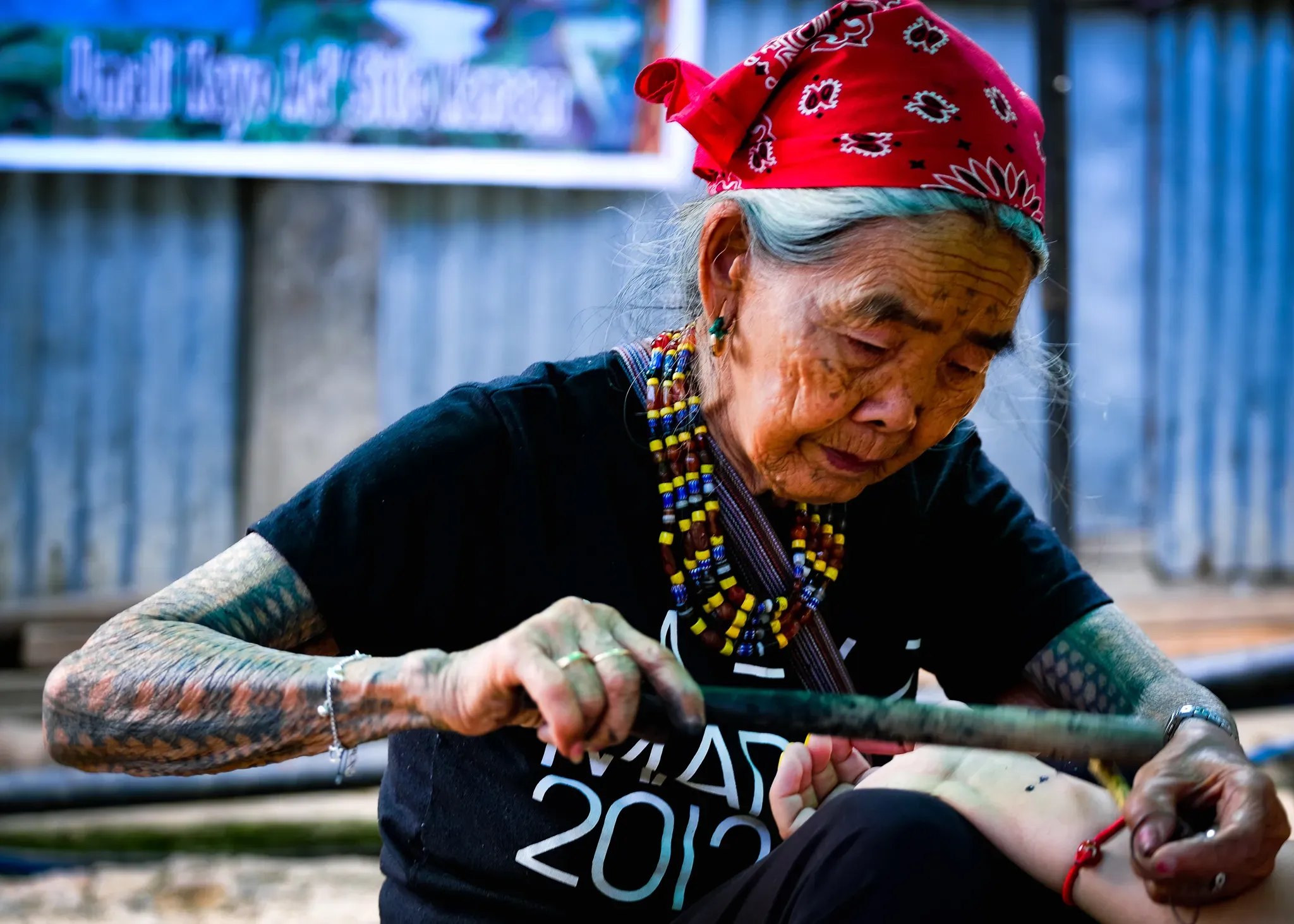
Polynesian and Maori Styles: More Than Just Black Lines
When most people think of tribal tattoo designs, their minds often jump straight to Polynesian styles, especially Maori designs. And honestly, it's easy to see why. These traditions, particularly from places like Samoa, Marquesas, and New Zealand, are incredibly rich and visually striking. Polynesian tattooing, or Tā Moko for the Maori, wasn't just decorative. It was deeply sacred, a rite of passage, and a visual language. The patterns, like the Koru (unfurling fern frond, representing new life), the Tiki (human-like figures, often protective), or intricate weaving patterns, all carried specific meanings related to lineage, status, achievements, and connection to the natural and spiritual world. Traditional techniques involved hand-tapping the ink using tools made from bone or wood, a process that was both painful and highly ritualistic. Modern interpretations often use machines, but the core motifs and their original meanings (or at least an attempt at respecting them) remain central to what makes these designs so powerful and popular today.
Borneo and Celtic Knots: Different Roots, Similar Depth
Venturing further afield, the tribal tattoo designs of Borneo, particularly the Iban people, offer a distinct aesthetic and history. Known for their intricate, curvilinear designs often featuring elements like vines, flowers (the Bungai Terung, or eggplant flower, is a common motif representing a journey), and animalistic shapes, these tattoos marked life events, status, and protection. Unlike the facial prominence of Maori Moko, Borneo tattoos were often placed on the shoulders, chest, and legs, with specific designs earned through achievements, like the aforementioned headhunting. Shifting gears entirely, you have Celtic knotwork, another form of tribal art that found its way onto skin. While perhaps less directly tied to individual identity in the same way as Polynesian or Borneo styles, these complex, interwoven patterns represent eternity, connection, and the cyclical nature of life. Think of the endless loops and spirals; they aren't just pretty pictures, they are visual metaphors for interconnectedness and continuity. Exploring different styles of tribal tattoos reveals a global tapestry of human expression.
Consider the distinct visual language of these styles:
- Polynesian/Maori: Bold lines, geometric shapes, waves, spirals, animal motifs (turtles, sharks).
- Borneo: Curvilinear lines, floral patterns (Bungai Terung), animal shapes, often asymmetrical placement.
- Celtic: Interwoven knots, spirals, animal forms integrated into knotwork.
Modern Tribal Tattoo Designs: The NeoTribal Movement
Modern Tribal Tattoo Designs: The NeoTribal Movement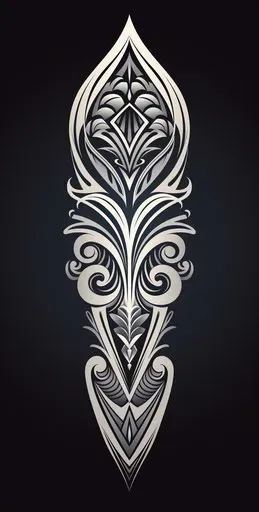
So, you've got the ancient stuff, the deep history and meaning. Now, let's talk about what happened when those traditional styles hit the modern tattoo world, leading to what's often called the Neo-Tribal movement. This is where artists took the bold lines, the heavy fills, the symmetrical or flowing patterns of traditional tribal tattoo designs – think Polynesian, Borneo, Celtic – and started messing with them. They weren't necessarily trying to replicate a specific cultural design with its original meaning intact. Instead, they were using the *aesthetic* as a jumping-off point to create something new, something that fit a modern sensibility. Imagine taking those strong black bands and spirals and integrating them with bio-mechanical elements, or abstract shapes, or even realism. It’s less about lineage or warrior status and more about personal expression, body flow, and often, just looking seriously cool with intricate, high-contrast artwork. It’s a different beast entirely, sometimes drawing criticism for divorcing the style from its roots, but undeniably popular and a significant evolution in how tribal aesthetics are used in contemporary tattooing.
Beyond the Surface: The Lasting Mark of Tribal Designs
So, we've journeyed from the ancient rituals that birthed these patterns to the modern parlors where they find new life. Understanding the history and meaning behind tribal tattoo designs isn't just academic; it’s essential if you want ink that holds more than just aesthetic appeal. It's clear these aren't just random cool shapes. They are echoes of identity, status, and belief systems that shaped cultures for millennia. Whether you're drawn to the bold lines of Polynesian styles, the intricate knots of Celtic art, or the evolving forms of neo-tribal work, the choice is yours. But making an informed choice, one that respects the origins while finding personal relevance, elevates the ink from mere decoration to a piece of living history on your skin. Think before you ink. It’s a permanent decision rooted in a long, complex story.